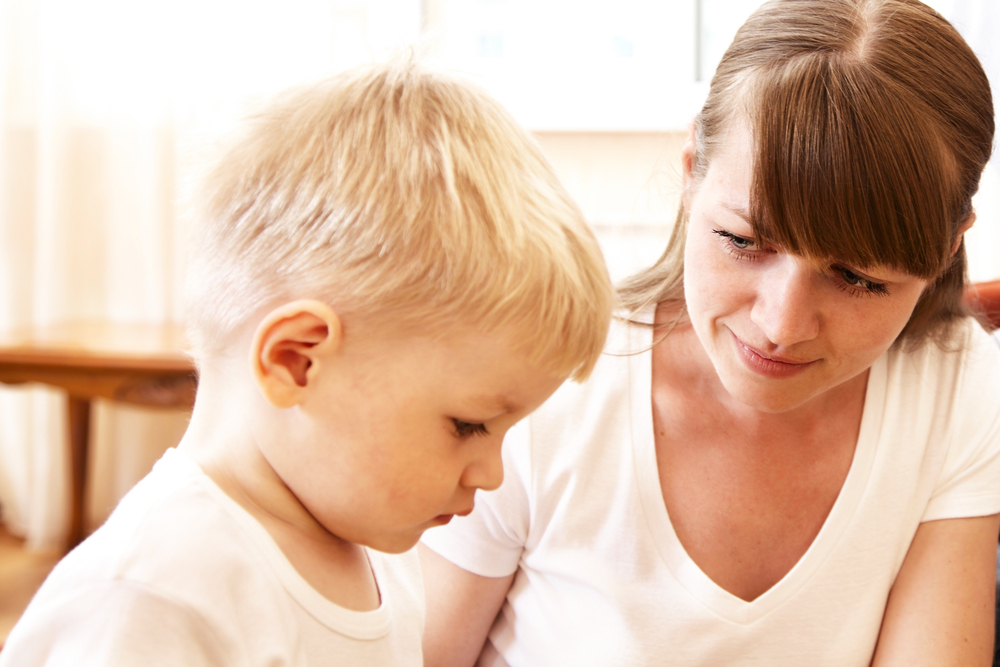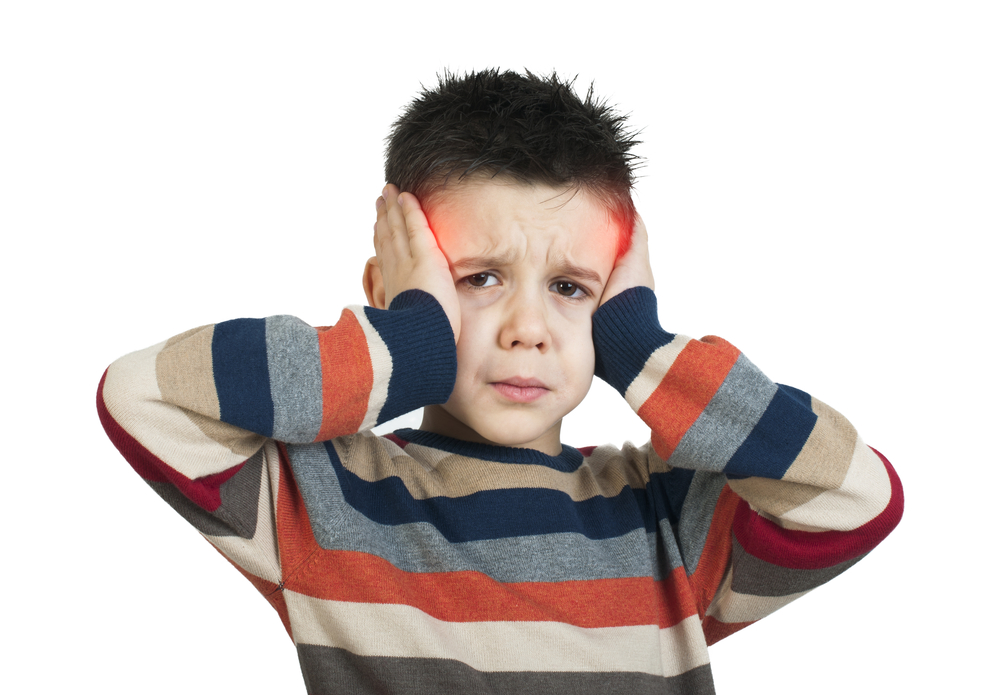Chronic pain can make life a misery for anyone who has to live with it, especially children and adolescents. It can impact their lives in severe and debilitating ways and prevent them from fully engaging in school life and social activities.
Therapies that can relieve pain and associated outcomes (e.g. disability, depression and anxiety) in this age group are therefore of crucial interest. The Cochrane Collaboration have conducted a systematic review to look at one such group of treatments: face-to-face psychotherapy for chronic pain in children and adolescents.
Methods
The review in question was done with a view to finding out about the effectiveness of psychological therapies delivered face-to-face. It is an update of a review that was first published in 2003 and subsequently updated in 2009 and 2012.
As with any Cochrane review, the authors used a rigorous protocol to make sure they included all the relevant papers, and the trials they have included were the best-quality evidence that was available. To be included in the review, the studies had to be RCTs published in peer-reviewed journals, include children under 18 years of age with chronic pain, and have 10 or more participants per treatment arm at each extraction point. Trials from the previous reviews were included automatically. Studies were excluded if the psychological therapy in question was delivered remotely, as the review only dealt with face-to-face therapies.
Intervention
The interventions considered included a range of psychological treatments. They had to have credible, recognisable psychological or psychotherapeutic content and had to be designed to change the child’s behaviour, cognition and mood. Thirty-seven studies (39 papers) with a total of 2,111 participants were included in the final review.
The review states that interventions can be categorised into three broad groups:
- Behavioural/relaxation-focused interventions with or without biofeedback (12 studies);
- CBT-style therapies (including cognitive coping, coping skills training, and parent behavioural strategies (25 studies);
- One specific to one study: a three-week interdisciplinary pain programme delivered in an inpatient setting.
One study is included in both the first and second categories, hence this adds up to 38 rather than 37. These categories were not analysed separately: all treatments were combined under “intervention” and all control conditions were combined as “control”.

This Cochrane review looked at the effectiveness of face-to-face psychological therapies to help with chronic pain in children
Results
The reviewers wanted to find data on four outcomes:
- Pain
- Disability
- Anxiety
- Depression
They looked for data on these both immediately post-treatment and at follow-up. Studies were divided into headache and non-headache conditions, so that on the whole, there were 16 possible outcome measures that could be analysed for.
As not all studies reported all these outcomes, results were only combined within the studies that reported the outcome in question. This resulted in some analyses not being done or being low in trustworthiness as there were only a few studies that reported the outcome in question. The below table summarises the findings:
| Headache | Non-headache | |
| Pain: post-treatment | 15 studies, 714 participants. RR 2.47 for beneficial reduction (CI 1.97 to 3.09, NNTB 2.94) GRADE: low. | 13 studies, 852 participants. Medium size effect (SMD -0.57, CI -0.86 to -0.27). GRADE: very low. |
| Pain: follow-up | 5 studies, 251 participants. RR 2.89 (CI 1.03 to 8.07) for clinically beneficial change in pain. GRADE: very low. | 7 studies, 543 participants. No beneficial effect. GRADE: Low. |
| Disability: post-treatment | 3 studies, 263 participants. SMD -0.49, CI -0.74 to -0.24. GRADE: low. | 11 studies, 764 participants. Small beneficial effect (SMD -0.45, CI -0.71 to -0.19). GRADE: very low. |
| Disability: follow-up | 2 studies, 148 participants. Small beneficial effect. SMD -0.46, CI -0.78 to -0.13. GRADE: low. |
6 studies, 508 participants. No beneficial effect. GRADE: low |
| Depression: post-treatment | 3 studies, 164 participants. No beneficial effect SMD -0.18, CI -0.49 to 0.14. GRADE: moderate. | 6 studies, 538 participants. No beneficial effect (SMD -0.07, CI -0.3 to 0.17). GRADE: moderate. |
| Depression: follow-up | Only one study reported this, so no conclusion could be drawn. |
5 studies, 473 participants. No beneficial effect. GRADE: moderate. |
| Anxiety: post-treatment | 4 studies, 203 participants. Small beneficial effect. SMD -0.33 , CI -0.61 to -0.04. GRADE: low. | 5 studies, 498 participants. No beneficial effect. (SMD -0.15, CI -0.36 to 0.07). GRADE: moderate. |
| Anxiety: follow-up | 2 studies, 67 participants. No beneficial effect. SMD -0.28, CI -1.00 to 0.45. GRADE: low. | 5 studies, 452 participants. No beneficial effect. |

The reviewers concluded that psychological therapies were effective in reducing pain intensity for children with headache and non-headache pain conditions, and these effects were maintained at follow-up for children with headache conditions.
Conclusions
There is one major problem here, which is not a problem with the review but with the studies themselves: although these studies represent the best available evidence, overall study quality was poor. Most studies scored high or unclear for risk of bias overall, and in the very low to low range on the GRADE criteria for evidence quality for several outcomes. The evidence on pain reduction post-treatment and at follow-up, for example, was rated “low” and “very low” respectively since the majority of the studies had a high risk of bias and mostly waiting list controls, and some studies did not report full outcomes in the published paper. Incidentally, the evidence to support waiting lists as a nocebo has been discussed recently in the woodland.
Nevertheless, the authors conclude that psychological therapies should be considered as a treatment. They also make recommendations for the next update of the review: include only larger studies by increasing the participant number criterion from 10 to 20; doing separate reviews for headache and non-headache conditions; and analysing by subgroup such as type, dose (length) and setting of therapy.
They also suggest that primary research is needed to establish the efficacy of psychological therapies on outcomes other than pain and in non-headache conditions; and the efficacy of therapy delivered to someone other than the patient themselves (e.g. parents, teachers, peers).
Discussion
Given that chronic pain is common and causes a significant amount of suffering, especially for children and young people, I confess I was a bit surprised at the low quality of the research in the area. I agree strongly with the recommendations for the next review, particularly splitting the review into two separate reviews for headache and non-headache conditions and analysing by subgroup. The differences between headache and non-headache conditions seem so substantial that, at times, the review read like someone trying to compare apples and oranges.
The fact that different types of therapy were grouped together under the heading of “psychological therapies” and not analysed by subgroup makes it impossible to see whether there are differences in the effects of different therapies on the different outcomes. It would also be interesting to know more about the effects of therapy alone vs. medication or therapy plus medication, so I also second the demand for more and better primary research.

Face-to-face psychotherapy for chronic pain in children & adolescents: Cochrane review calls for primary research http://t.co/NlX8QWnfFy
Face-to-face psychotherapy for chronic pain in children and adolescents: Cochrane review calls for better prim… http://t.co/C0RRkk3QZp
Today @lisaburscheidt on psychotherapies for chronic & recurrent pain in children & adolescents @CochranePaPaS http://t.co/5uRB4hApvK
The Mental Elf liked this on Facebook.
Sarah Burton liked this on Facebook.
RT @lisaburscheidt: Blogged for @mental_elf on psychotherapies for chronic and recurrent pain in children and adolescents: http://t.co/NoKb…
RT @Mental_Elf: Face-to-face psychotherapy for chronic pain in children and adolescents http://t.co/EWw6fme5s4
New #CochraneEvidence concludes that psychotherapy should be considered for pain management in children with headache http://t.co/5uRB4hApvK
New @CochranePaPaS review calls for better evidence on psychotherapy for chronic pain in children & adolescents http://t.co/5uRB4hApvK
RT @Mental_Elf: New @CochranePaPaS review calls for better evidence on psychotherapy for chronic pain in children http://t.co/Ujx7j0TVRo
Psychotherapy for chronic pain in children and adolescents http://t.co/u4c6CxNS0S
Blog published today on our #cochrane review on #psychological therapies for #children #adolescents with #chronicpain http://t.co/9AILYweDt2
Mental Elf: Face-to-face psychotherapy for chronic pain in children and adolescents: Cochrane review calls for… http://t.co/VAJ2cPBPF1
MT @Mental_Elf: New @CochranePaPaS review calls for better evidence on psychotherapy for chronic pain in children http://t.co/5RpUFkpd8X
Top story: Psychotherapy for chronic pain in children and adolescents – The Men… http://t.co/hXZuSojrFz, see more http://t.co/eC43lMrXGK
Read the excellent @Mental_Elf blog on psychotherapy for chronic pain in children and adolescents. http://t.co/cDOi3D6ZtC
Don’t miss: Face-to-face psychotherapy for chronic pain in children and adolescents http://t.co/EWw6fme5s4
Psych therapies for pain in children & adolescents, a systemic review: http://t.co/ejaus1ixEe
Ilario Mammone liked this on Facebook.
RT @AusPainSoc: Cochrane review @CochranePaPaS calls for better evidence: psychotherapy for chronic pain in under 18s #PinCSIG #Pain http:/…
Check out @Mental_Elf’s blog: Face-to-face psychotherapy for chronic pain in children and adolescents http://t.co/bSd1vtTl9n
Richeldis Yhap liked this on Facebook.
Richeldis Yhap liked this on Facebook.
Ilario Mammone liked this on Facebook.
The Mental Elf liked this on Facebook.
Sarah Burton liked this on Facebook.
João Leal liked this on Facebook.
Psychotherapy for #chronicpain in children & adolescents: review calls for better primary research
via @Mental_Elf
http://t.co/epm71jMSJ9
Face-to-face psychotherapy for chronic pain in young people: Cochrane review calls for better primary research http://t.co/vuapIBT97z